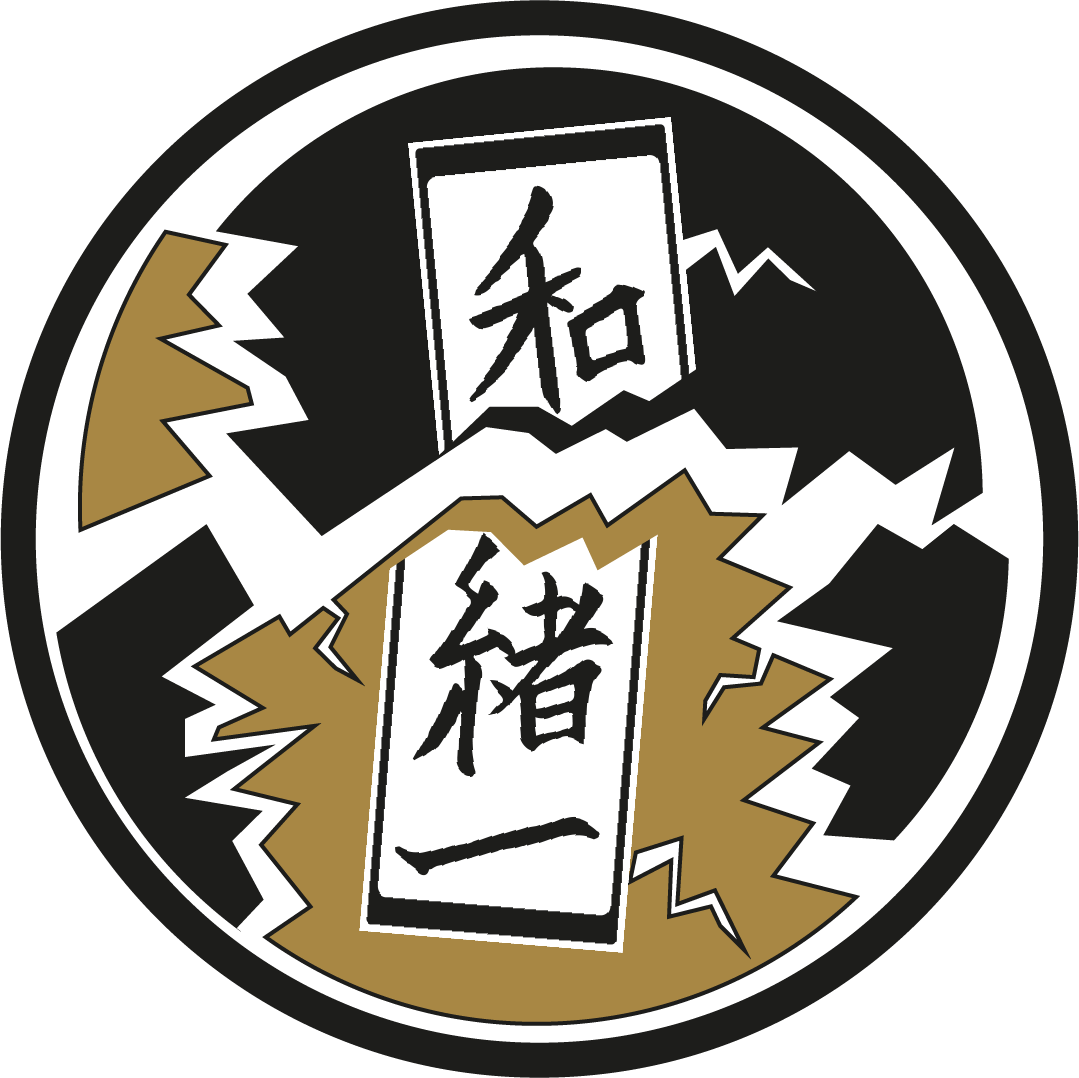Matsuri
Introduction
Originally, a matsuri (祭り) is a festival usually held by a shrine (jinja 神社) in a district or in a city to bring the community together and honor their local deity. The matsuri come with an abundance of rites, such as the presentation of offerings, meant to please the gods and ask for their protection. Young shrine maidens usually perform sacred dances (kagura 神楽), whereas men are more likely to carry the sacred palanquin (mikoshi 神輿) along a fixed path to bestow the deity’s protection upon the land.
However, the term “matsuri” gradually broadened its meaning to include all sorts of festival practices, also non-religious ones. Nowadays, a matsuri can refer to a tourist event such as the Sapporo Snow Festival (yuki matsuri 雪祭り), during which ice sculptures are displayed, or a school festival (with the reading of the character changed to “sai” – gakuensai 学園祭).
Sanja Matsuri in Asakusa, Tokyo
Meaning
There is no consensus over the origin of the word “matsuri” (祭り). A common assumption connects it with “matsuru” (祀る), which translates to “enshrine, deify”, and clearly points to the celebration of a deity. Other interpretations suggest a relation with funeral practices that aim to entertain and console the souls of the deceased, such as the Buddhist Obon festival, when the dead are said to visit the living during three days in summer. Another theory seeks the origin of “matsuri” in “tatematsuru” (奉る), which translates to revering, offering something.
What can be said for sure is that matsuri was closely related to the idea of a festivity organized to worship a supernatural being. Among the most famous events of this kind we could include Kyoto’s Gion Matsuri, Fukuoka’s Hakata Gion Yamakasa or Kawasaki’s Kanamara Matsuri.
In modern Japan, though, matsuri best translates to an event where the community gathers and strengthens the bond between people by celebrating together, with or without a religious context.
Gion Matsuri, Kyoto
Aoi Matsuri (葵祭)
Among the many attractions of a matsuri, maybe the most colorful and appealing are the stalls (yatai 屋台), where people purchase all sorts of street food, from classic stir fried noodles (yakisoba 焼きそば) to recent hits such as Korean style cheese corn dog. Yatai stands offer not only food but also various attractions that appeal to both younger and older visitors, such as the notorious goldfish scooping (kingyō sukui 金魚すくい) or target shooting.
In this sense, matsuri are widely enjoyed by many as carnivals where you can spend some time with your friends and family. This aspect is perhaps most visible during summer festivals (natsumatsuri 夏祭り) that people often attend wearing light summer kimonos (yukata 浴衣) to have fun eating and watching the fireworks display (hanabi taikai 花火大会). No matter if it’s a religious event or a simple festivity, the essence of a matsuri is the element of social gathering and collective enjoyment.
Although the recent situation led to a temporary suspensions of matsuri, the will to celebrate together is deeply engraved in human nature, so they will surely come back stronger and more festive than ever before.
Aoi Matsuri, Kyoto
Written by Marty Borsotti



